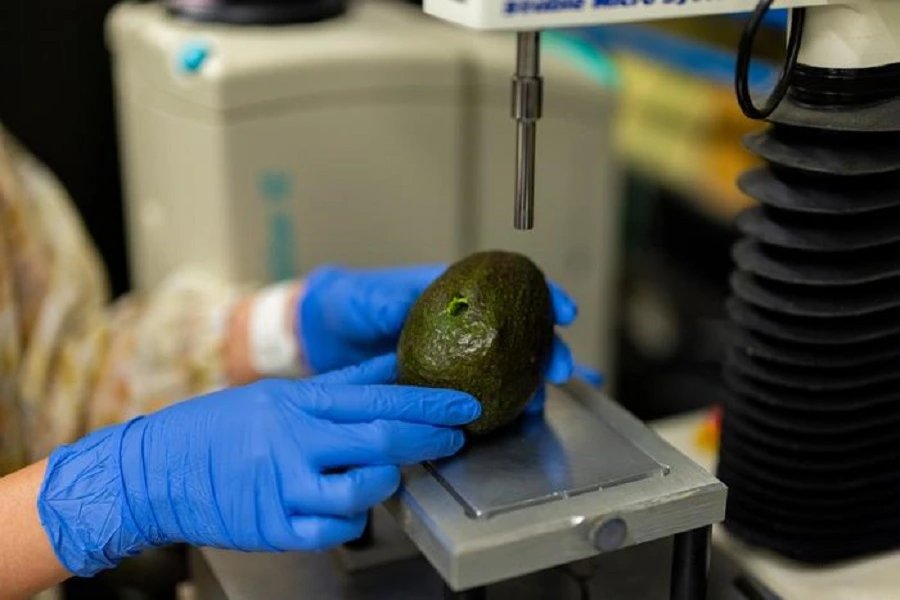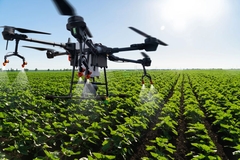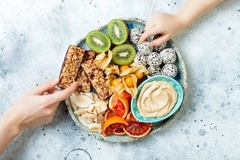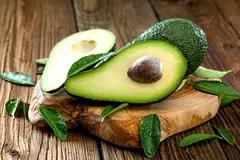Avocado ripeness: Scientists leverage AI tool to tackle food waste
Key takeaways
- US researchers have developed an AI system that predicts avocado firmness and internal quality with high accuracy, helping reduce food waste.
- The AI tool uses smartphone images to inform retailers and consumers about avocado ripeness and quality to minimize overripeness and spoilage.
- The technology has broader potential applications in food sorting and distribution.
Researchers in the US have developed an AI system that can predict avocado firmness with nearly 92% accuracy and internal quality with over 84% accuracy. The smartphone-based tool informs retailers and consumers about the ripeness and freshness of avocados, and can also be used for other types of food.
The teams from Oregon State and Florida State University trained AI models using over 1,400 iPhone images of Hass avocados, a variety originating in Central America and Mexico and known for its rich, creamy flesh and taste.
However, avocados are among the “most wasted fruits globally due to over ripeness,” says author Luyao Ma, an assistant professor at Oregon State University.
“Our goal was to create a tool that helps consumers and retailers make smarter decisions about when to use or sell avocados.”

Ma’s inspiration to focus on avocados stemmed from their high market value and waste rate. She was also often frustrated by not knowing when avocados were “perfectly ripe” and cutting into overripe ones, notes the study.
The findings, published in Current Research in Food Science, aim to address the significant global challenge of food waste, at a time when nearly 30% of the world’s food production is wasted.
F&B companies and government authorities are responding to this challenge, with the Environmental Protection Agency aiming to reduce food waste by 50% by 2030.
Analyzing avocado shape and texture
According to the researchers, previous studies on avocado used images and machine learning methods to assess food quality.
However, they relied on manual feature selection [SN1] and traditional machine learning algorithms, which “limited prediction performance,” says In-Hwan Lee, a doctoral student working with Ma on the project.
“To overcome these limitations, we used deep learning approaches that automatically capture a broader range of information, including shape, texture, and spatial patterns, to enhance the accuracy and robustness of avocado quality predictions.”
The team expects the accuracy rates to improve as they add more images to the model.
 The team used a texture analyzer to measure the firmness of avocado (Image credit: Brian Horne, Oregon State University).
The team used a texture analyzer to measure the firmness of avocado (Image credit: Brian Horne, Oregon State University).
Advancing avocado processing
The scientists note that the AI-powered technology can also be used in avocado processing facilities to improve the sorting and grading of the fruit.
For instance, if the system detects that a batch is more ripe, producers can transport it to a nearby retailer instead of one further away. Meanwhile, retailers could use the technology to determine which avocados should be sold first based on ripeness.
The authors also aim to tackle the problem of brown spots while cutting avocados, caused by over-ripening due to oxidation. They plan to further develop the technology to help consumers determine the “optimal time” to eat an avocado.
“Avocados are just the beginning,” Ma notes. “This technology could be applied much more broadly, helping consumers, retailers, and distributors make smarter decisions and reduce waste.”












